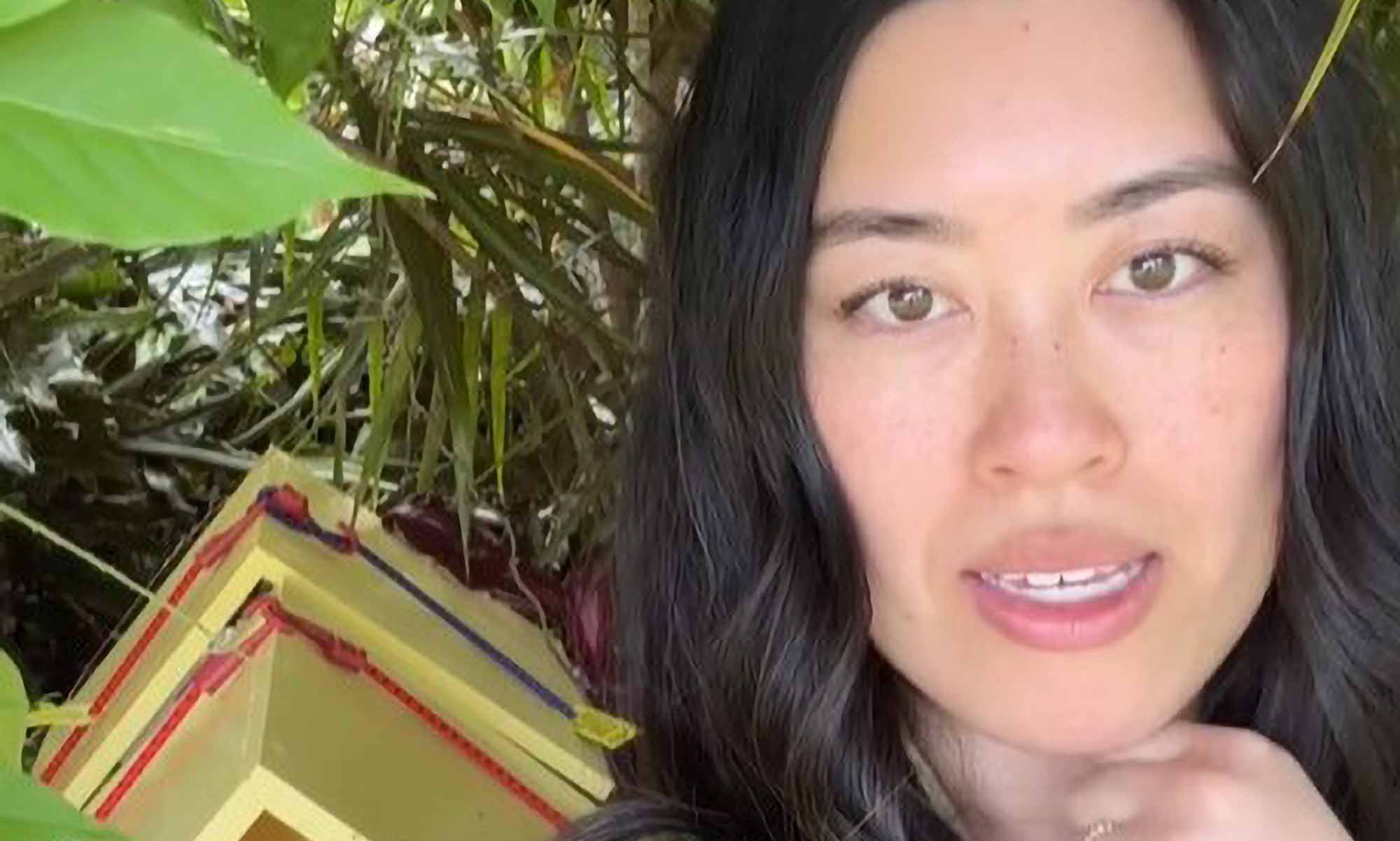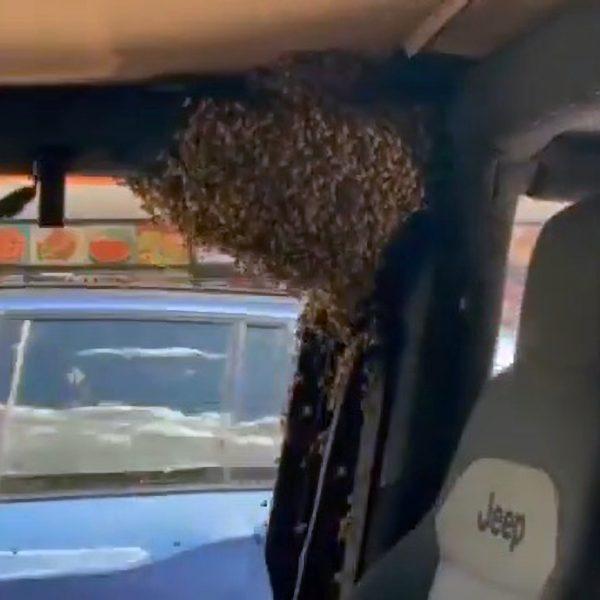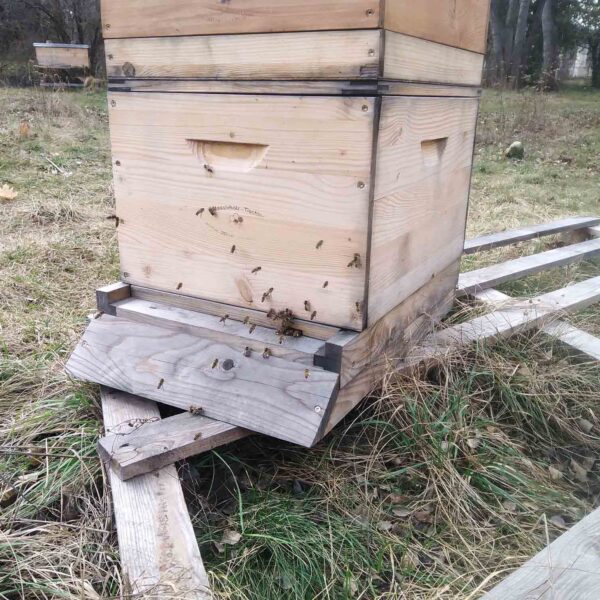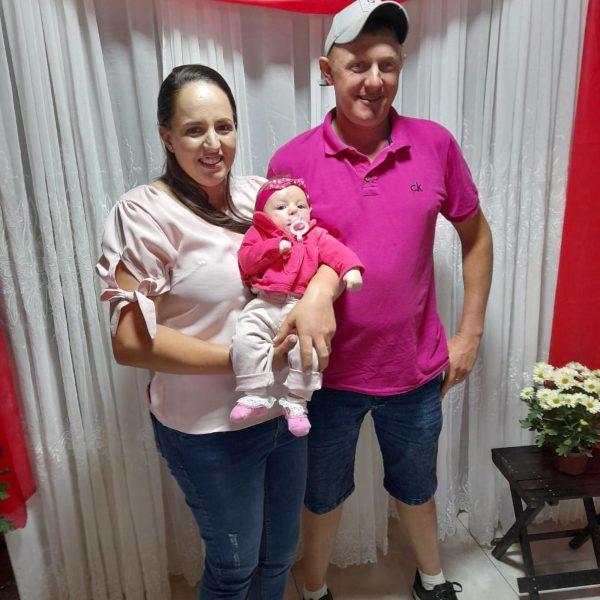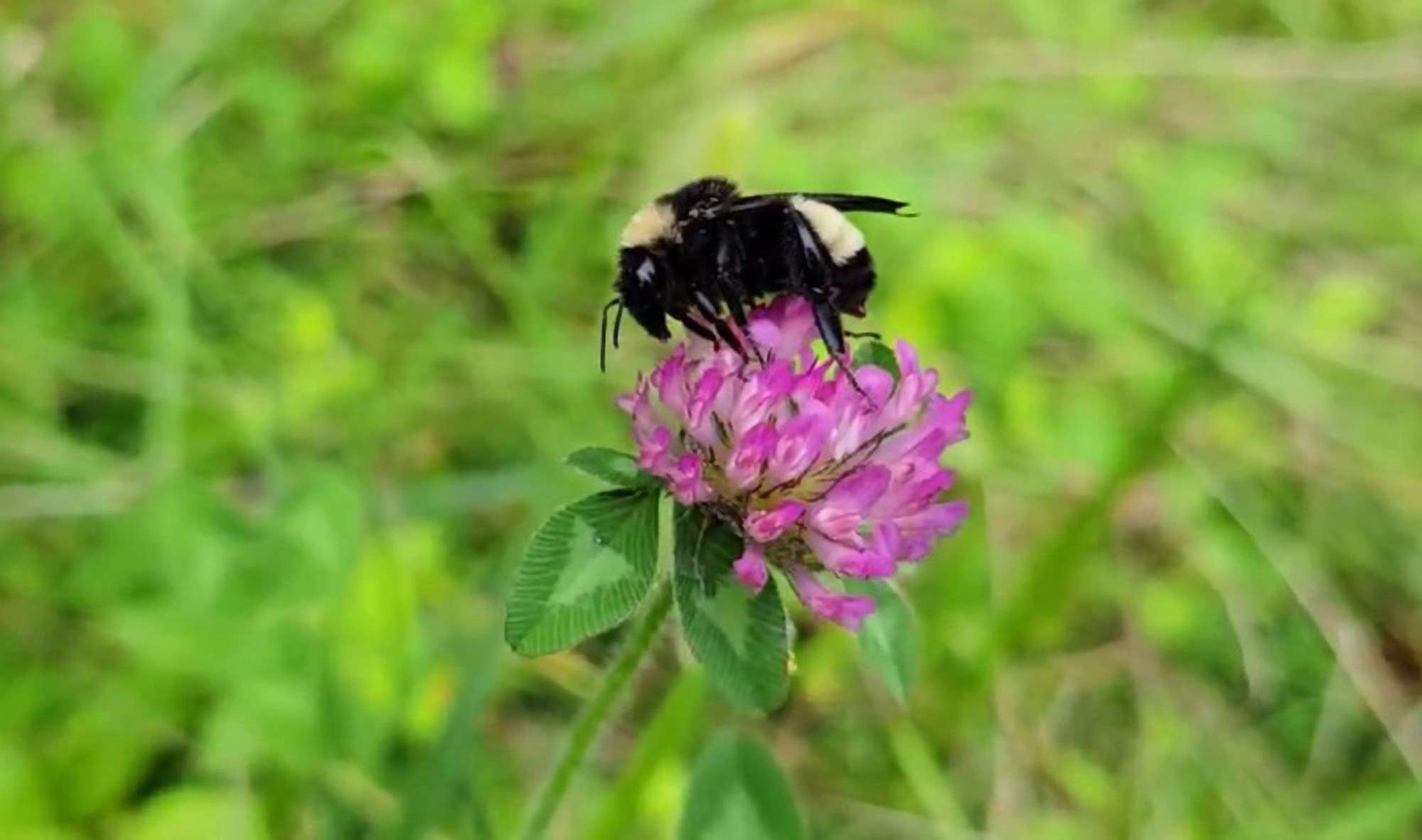A beekeeper has offered fascinating insights into the seasons in Australia and how the different weather conditions affect her activity.
New Zealander Becky Cho, who moved to Sydney as a child, has focused on managing native stingless bees since taking up apiculture during the COVID-19 pandemic.

Asked by NewsX what lies ahead for beekeepers in the coming weeks, Becky explained: “The Australian autumn from March to May brings mild temperatures. The flowers decrease and the bees are gathering their stores.”
Becky added: “Luckily Australia doesn’t get very cold, therefore bee activity is still quite high.”
Reflecting on the past months, she explained: “December to February is the hottest season in Australia and Sydney can get very heated. I was away on a trip and during those two weeks away the bees experienced temperatures of more than 40 degrees centigrade.”
She admitted: “Naturally, I was very anxious about their survival through this stressful weather. I unfortunately could not provide any protection such as cooling towels that beekeepers usually perform. I could not monitor their activity either. I could only wait and see when I returned to Australia.”
Asked to describe the Australian spring of September, October and November, the diagnostic radiographer said: “The flowers are blooming from winter which is crucial for the bees. It allows them to forage and accumulate their resources. The rising temperature allows them to be more active which builds their colony strength.”

Speaking about the winter down under, she said: “Winter in Australia, from June to August, is cooler. In Sydney, winters are mild. Winter can be a challenging time for bees as resources decrease. I noticed that their activity declined. From experience, they don’t come out below 16 degrees in my area.”
Asked by NewsX of which the Bee News community is a part to summarise the past year in one word, Becky said with a smile on her face: “Hectic.”
The Sydney resident said: “It was really rainy in the earlier months of 2023. In December, there were heatwaves and temperature spikes. Sydney experienced a range of weather conditions and it was challenging to manage it for the bees.”
Becky manages Tetragonula carbonaria bees. Commonly referred to as sugarbag bee or bush bee, this species is a stingless bee which is endemic to the northeastern coast of Australia.
Becky, who has around 1,200 followers on Instagram, underlined she “learned a lot” about the pollinators in 2023.
She explained: “I got to witness the bees creating a new daughter hive from the mother hive that I foster with advice and help from our local council. Using this knowledge, I have started to create a daughter hive for my personal beehive.”
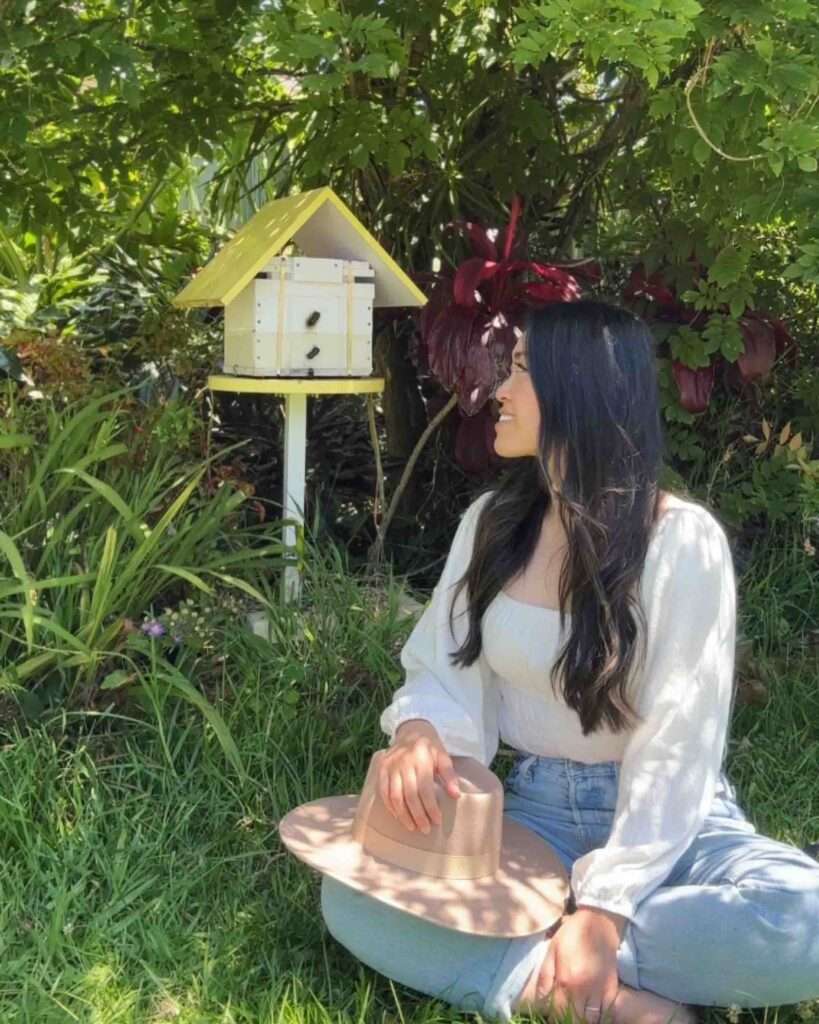
Asked whether her colonies had been affected by the Varroa destructor, an infamous pathogen, Becky said: “I’ve been pretty lucky with the native bee species I host. Based on the current literature and research available, they don’t seem to be impacted by Varroa.”
She added: “I think the main threats to these native bees are habitat loss and changes to their optimal conditions such as increasing temperatures. Additionally, bushfires can be a danger and threat to their habitats in the wild.”

